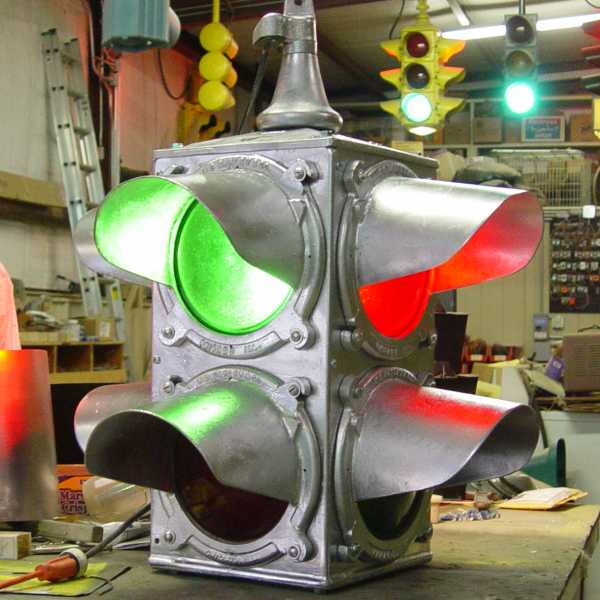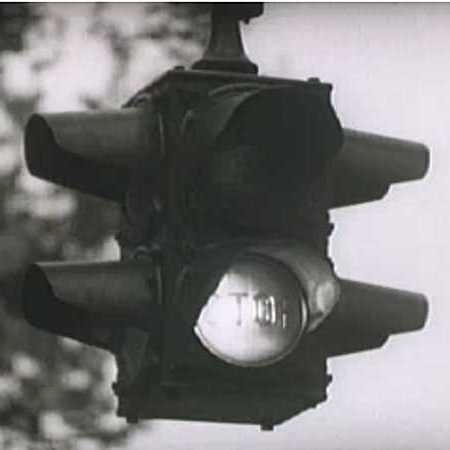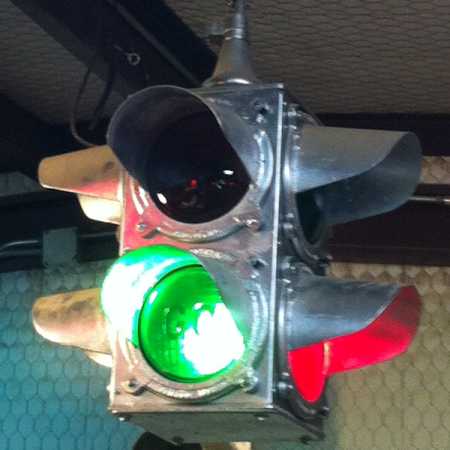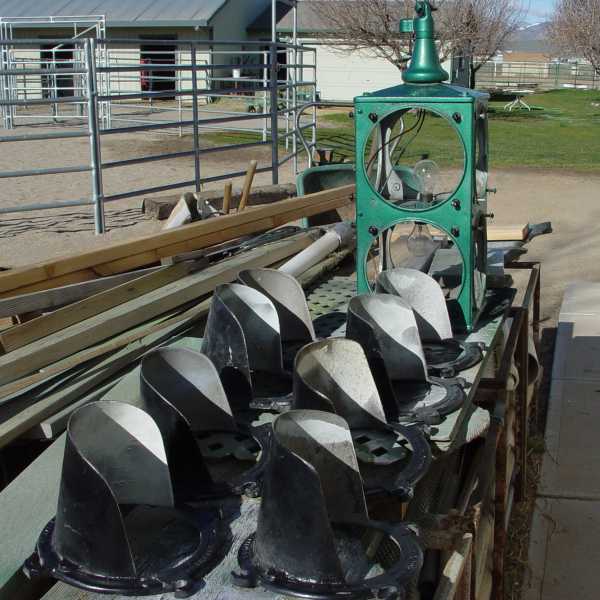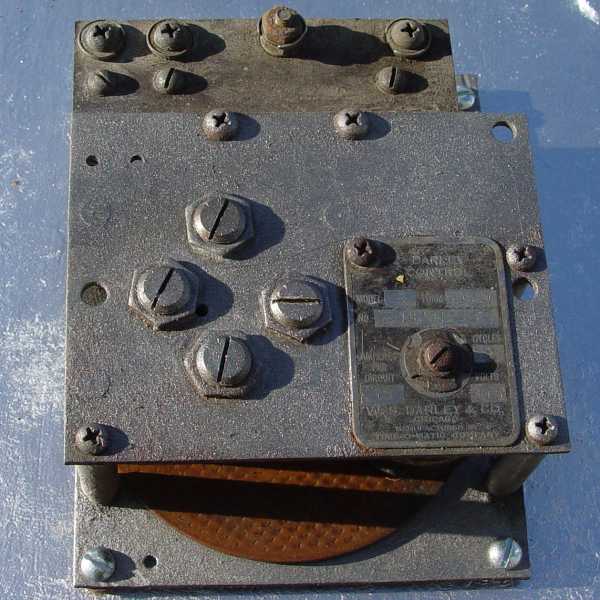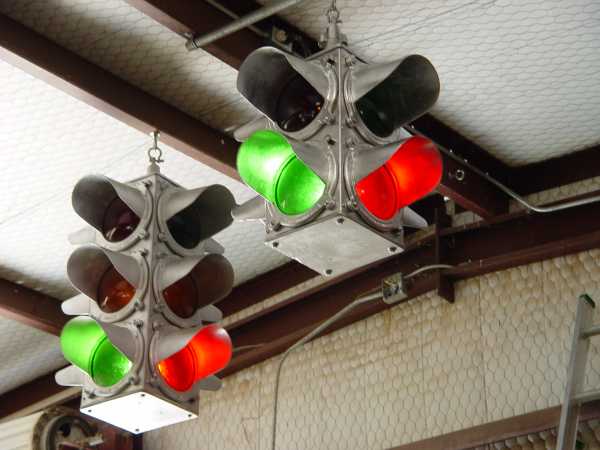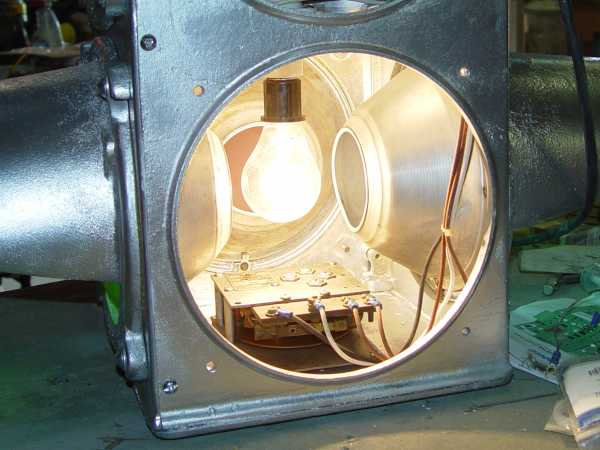|
In 1912 Lester Wire of the Salt Lake City traffic police built a two color electric traffic signal. It was controlled by the traffic policeman on duty and aided motorists in understing the traffic policeman's directions.
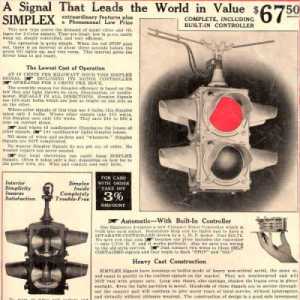 In 1914 the American Traffic Signal Company patented a two color traffic signal, the first being installed in Cleveland, OH. Shortly afterwards a number of manufacturers designed and built two color traffic signals, and also three color signals based on Detroit Traffic Superintendent William Potts' design. While early signals were manually controlled by traffic officers, before too long manufacturers were producing automatic or "self regulated" stop and go signals.
In 1914 the American Traffic Signal Company patented a two color traffic signal, the first being installed in Cleveland, OH. Shortly afterwards a number of manufacturers designed and built two color traffic signals, and also three color signals based on Detroit Traffic Superintendent William Potts' design. While early signals were manually controlled by traffic officers, before too long manufacturers were producing automatic or "self regulated" stop and go signals.
A very common early signal was the W. S. Darley & Co. C-810 two color traffic signal. It had a simple two circuit controller installed in the floor of the signal made by Reynolds Time-O-Matic. The signal consisted of two chambers, each chamber lit by a single bulb. The bulb shone in all four directions necessitating the cross street lenses to be arranged in opposite order from the main street lenses. It was a simple and inexpensive signal that any town could afford.
The catalog price for this signal was less than $70.00.
| 